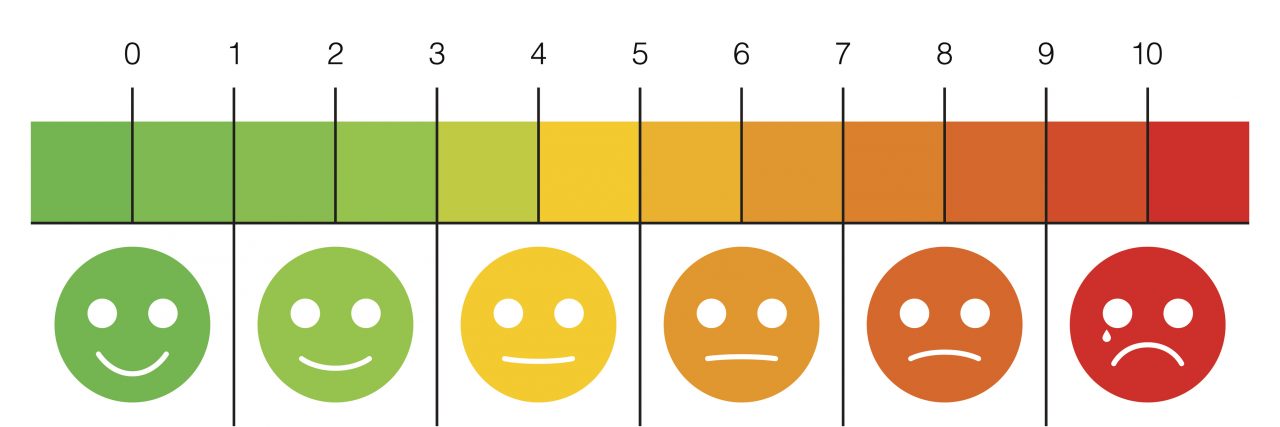A few weeks ago I went to see my doctor because I had a new pain in my left arm. Now I am used to chronic pain and the inconveniences that involves, but this was new and it woke me from my sleep, so I was concerned. I waited a day to call the doctor, as I sometimes do, because even after being diagnosed with Pompe disease, I still worry doctors will think I am a hypochondriac, but that’s another story.
The day of my appointment with the doctor arrived, and as expected he asked me to tell him about the pain. I told him I have experienced similar pain in my right arm and hand, but this was the first time I had experienced the pain in my left arm and hand. I told him I had stabbing pain in my arm and that my elbow felt like it was burning. I
also explained I had numbness and tingling in the fingers of my left hand.
The doctor then asked me had I had this pain in my left arm before. I told him no, but I was thinking, “Didn’t I just tell you that?” He then asked me how bad the pain was, and I told him it was bad but similar to what I felt in my right arm. The doctor then told me I couldn’t say it’s as bad as the pain in the right arm because this was the first time I had the pain in my left arm. Now I was getting upset. I thought, “How can the doctor tell the patient how he or she is feeling?” I began to feel like he was badgering me and
that he didn’t believe me. I began to doubt myself.
Then I began to think, “How do you quantify pain to a person who doesn’t experience chronic and/or severe pain?”
I have always found the pain charts the hospitals use to be silly. Not everyone has the same tolerance for pain, and depending on where the pain is located, it could have an effect on a person’s ability to function and get certain tasks done. In addition, if you are a person who experiences chronic pain you may be in severe pain and smiling at the same time.
I often find it hard to discuss pain with my doctors and family and friends, other than to say my back or my legs hurt. I struggle with how to get others to understand when they can’t feel what I am feeling, when they don’t feel pain the same way I feel pain. I can say my joints burn, but what does that mean to my friend? I had never heard
anyone describe their joints as feeling like they were on fire until I met other Pompe patients.
Often people, doctors included, assume if a person is in severe pain he or she will present in a certain way. He or she may be crying, they might be doubled over in pain; they may stay in bed with the lights dimmed and the curtain drawn. I have had doctors say to me, “You don’t look like you’re in pain.” Well, what does pain look like? What does pain sound like? Do I have to be screaming and crying to prove that I am in pain? Just because my face is smiling like the face on the pain chart doesn’t mean my pain
level isn’t at 10, and sometimes when I am crying my pain level may be at one, but I am crying because I have been in pain for the last week and I am depressed and tired of being in pain. I have had to learn in the year and a half since my diagnosis what my limits are, how to manage my social life, work life and activities in an effort to reduce my level of pain. I am still learning how to verbally express my pain to others.
We want to hear your story. Become a Mighty contributor here.
Thinkstock photo by EgudinKa

